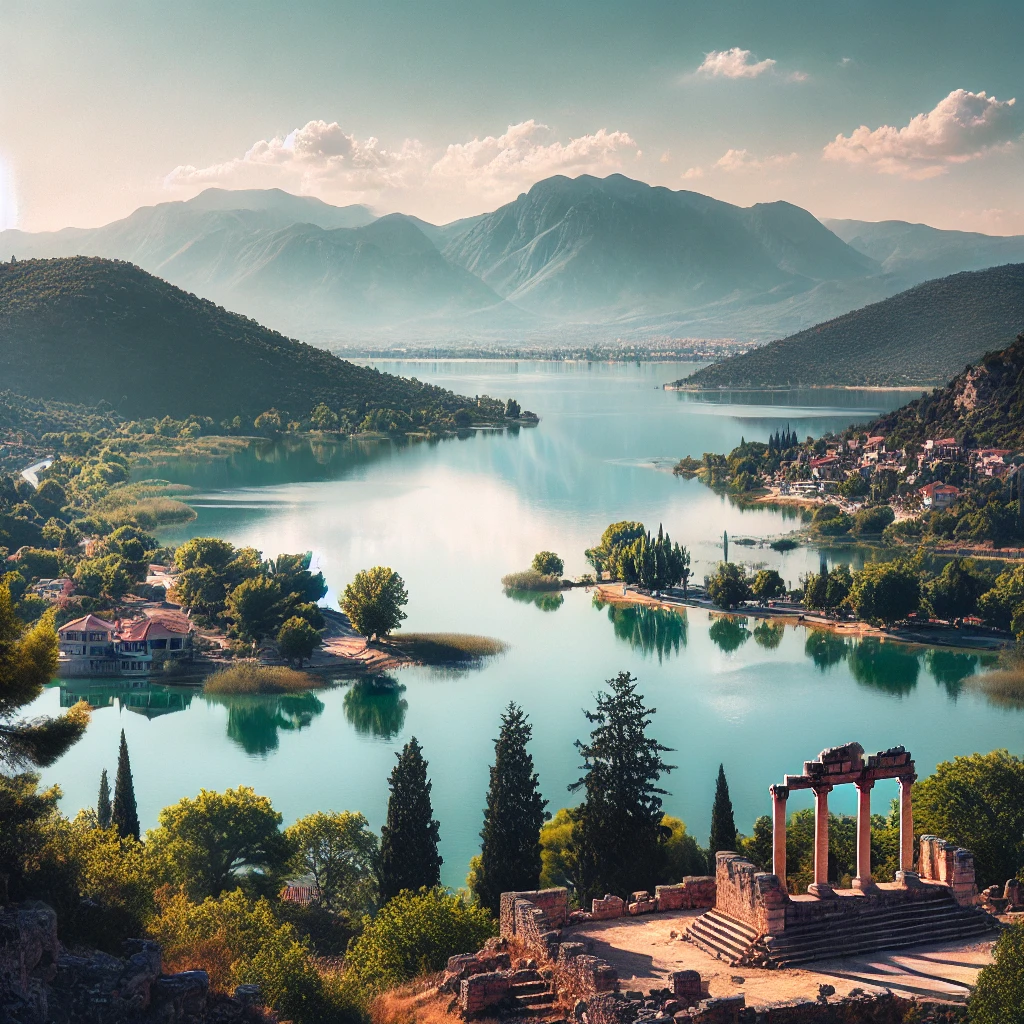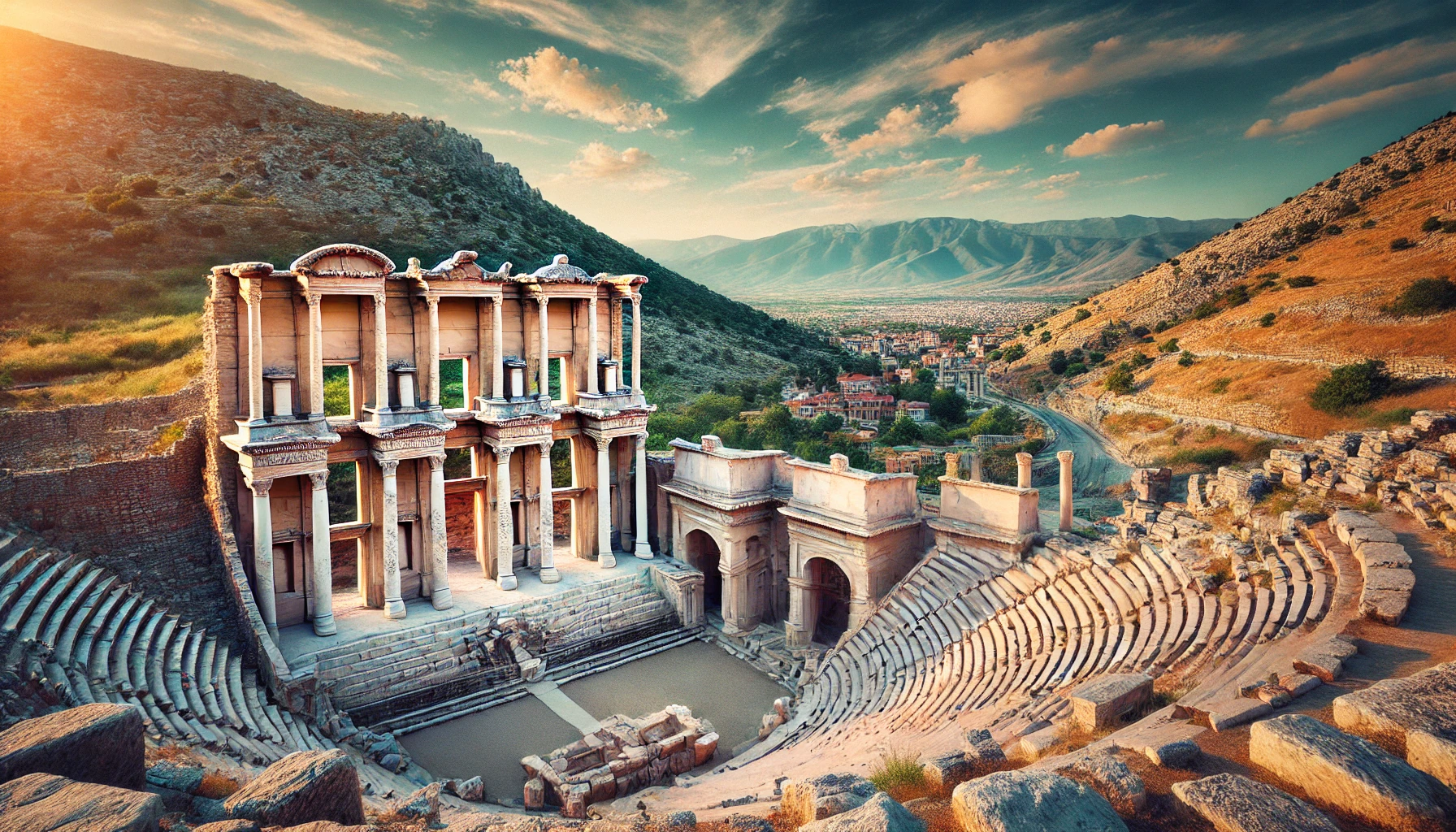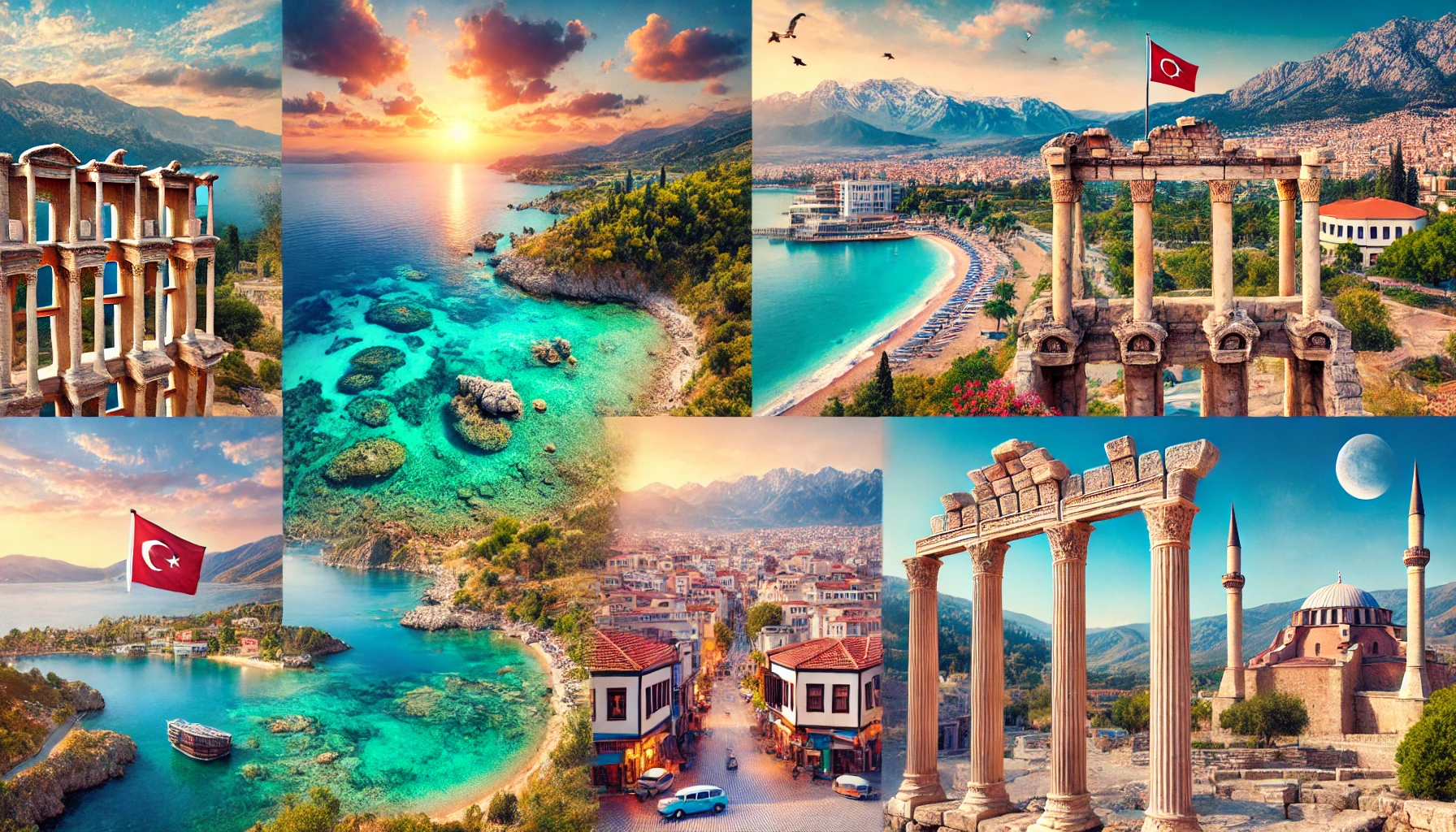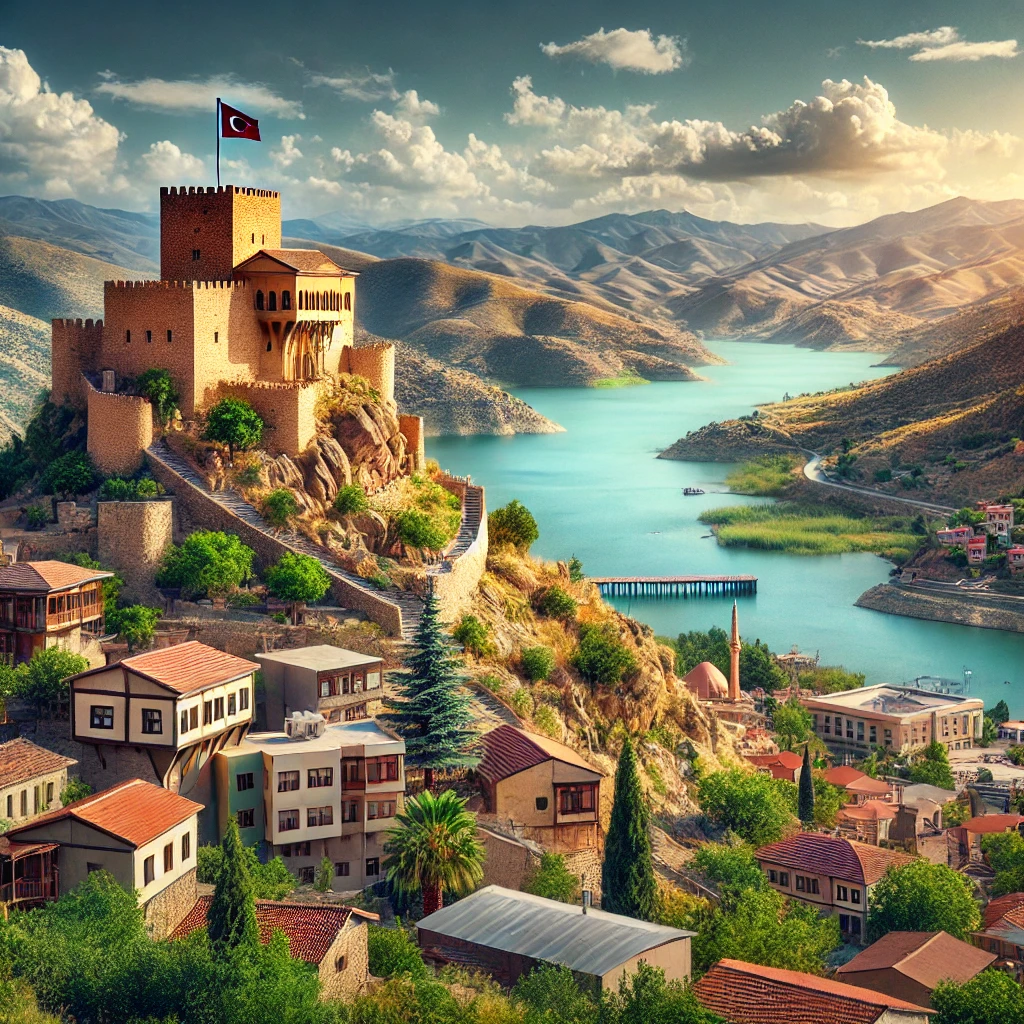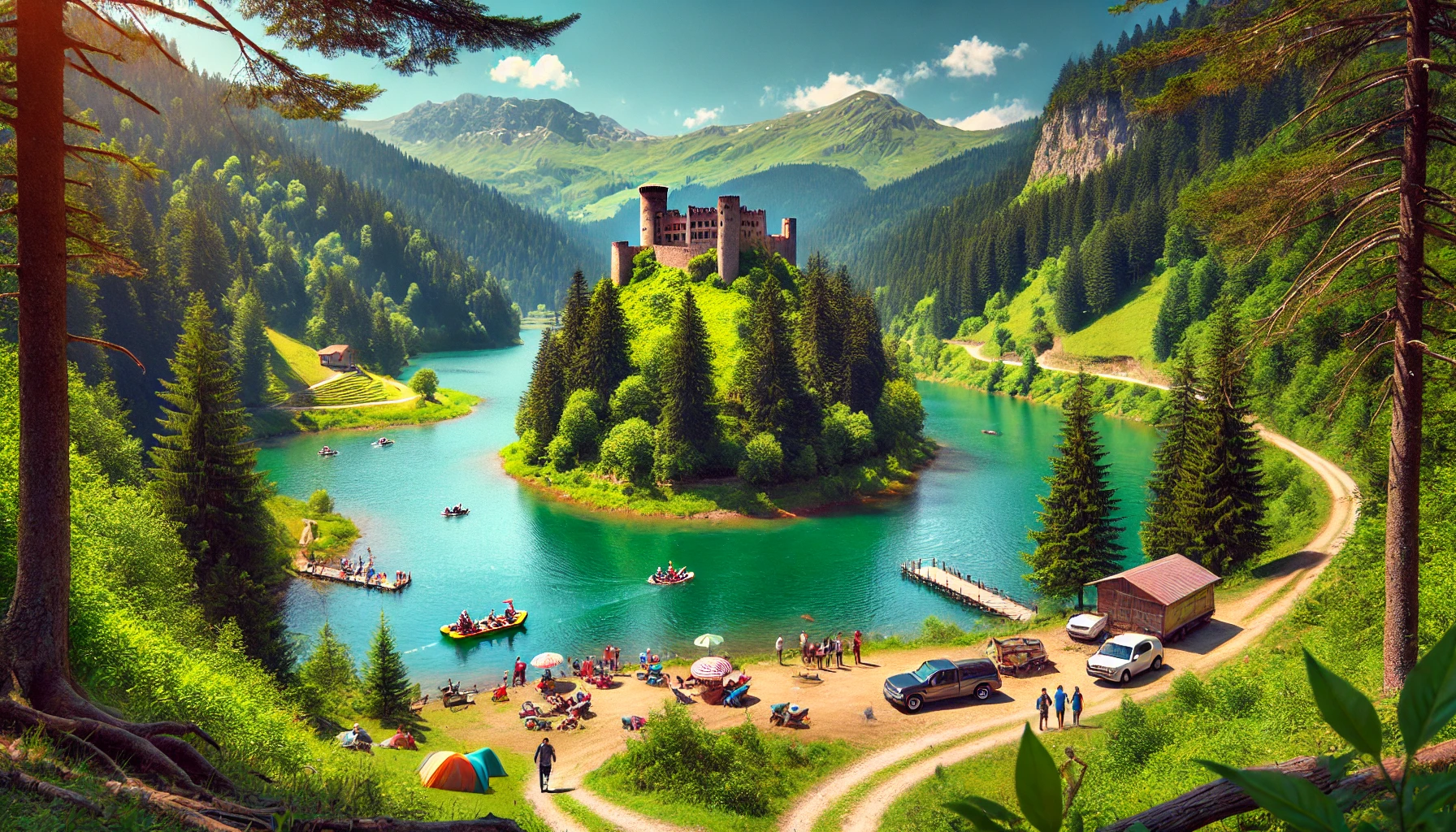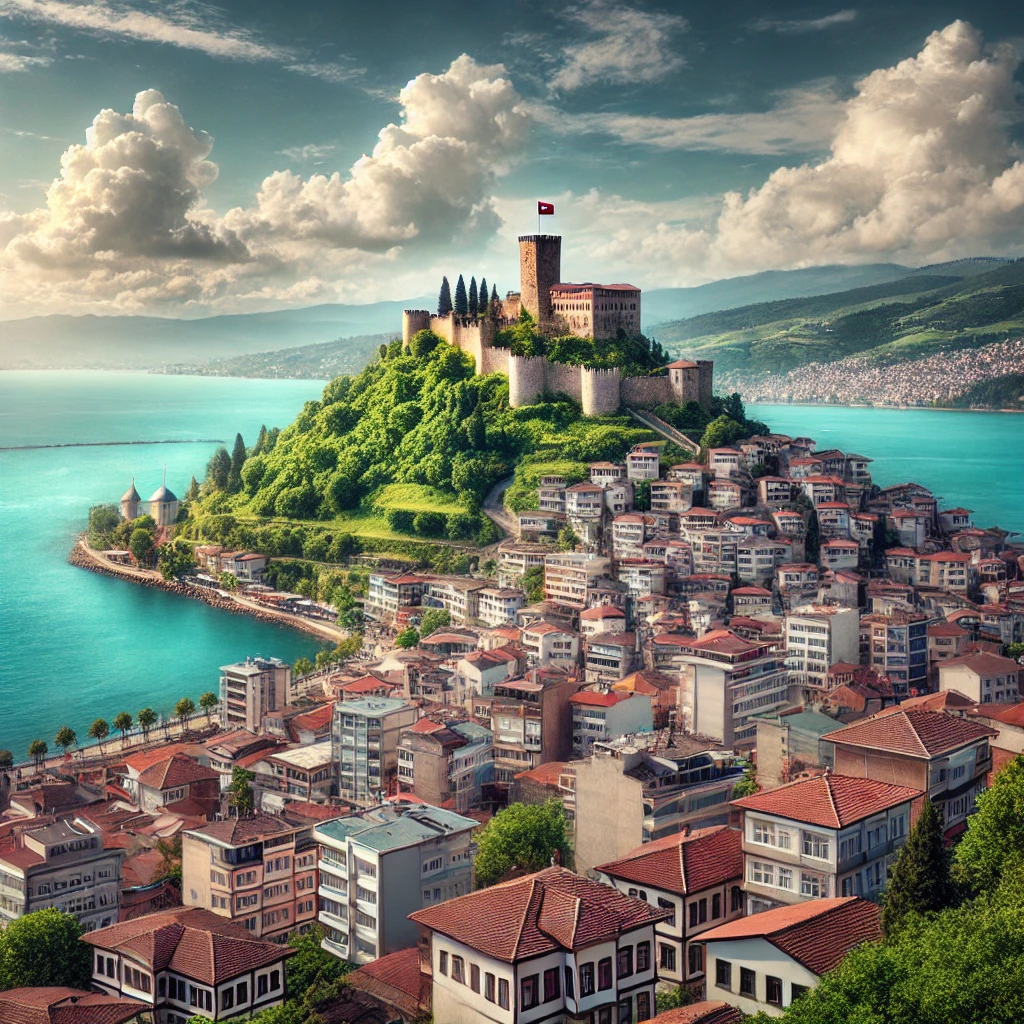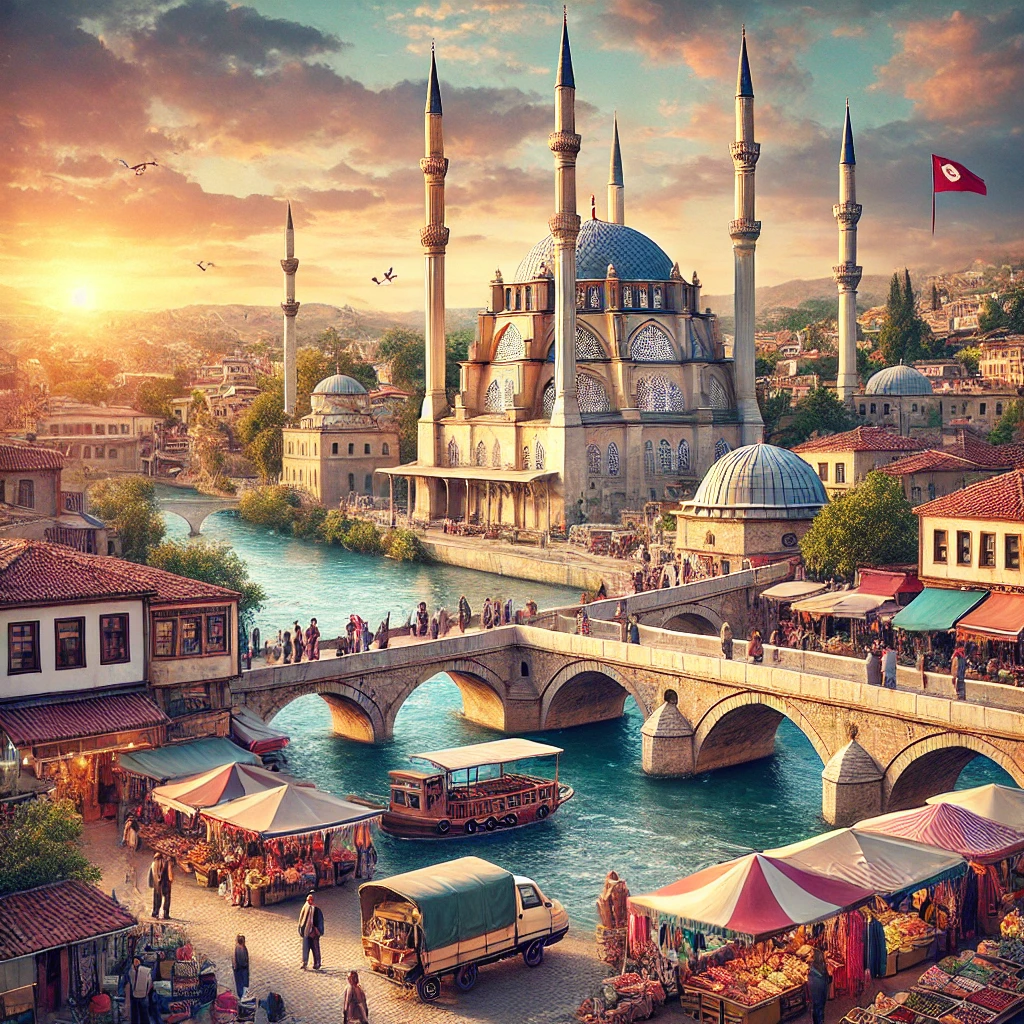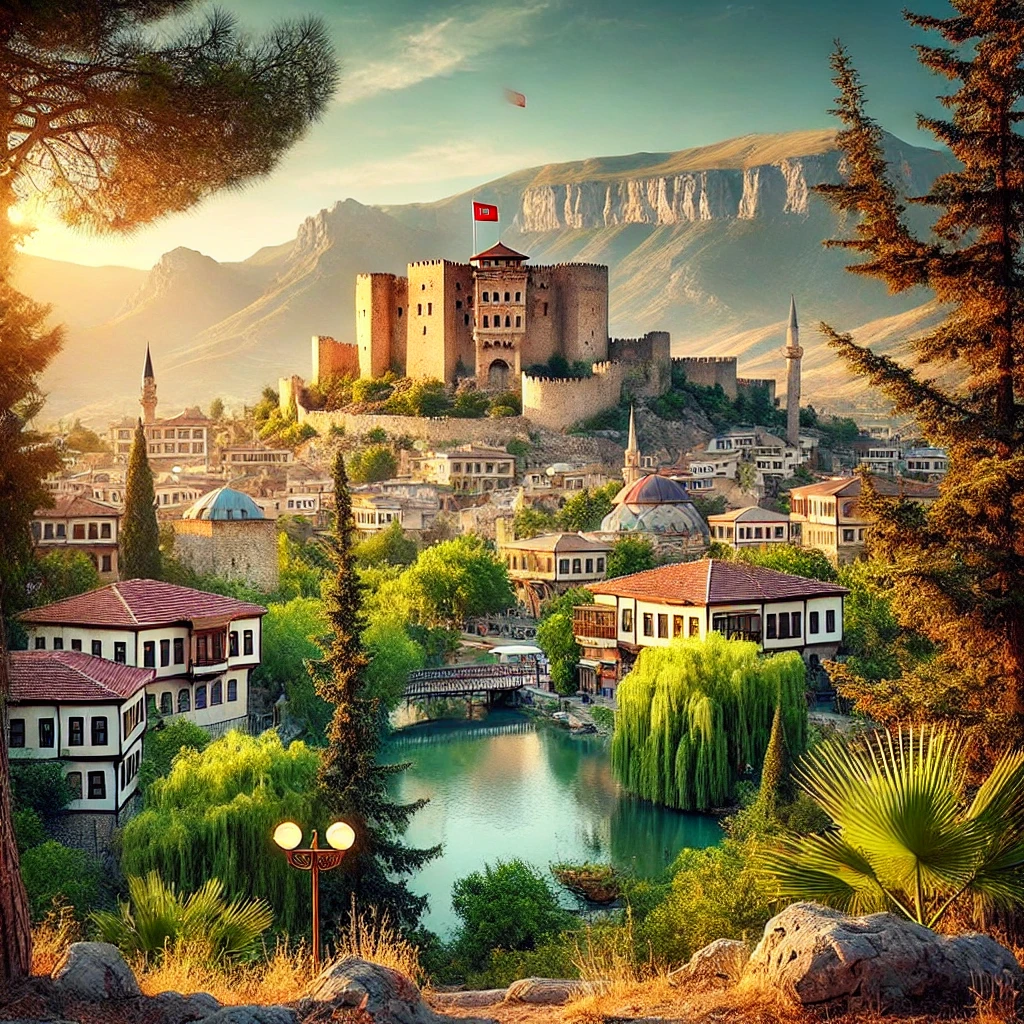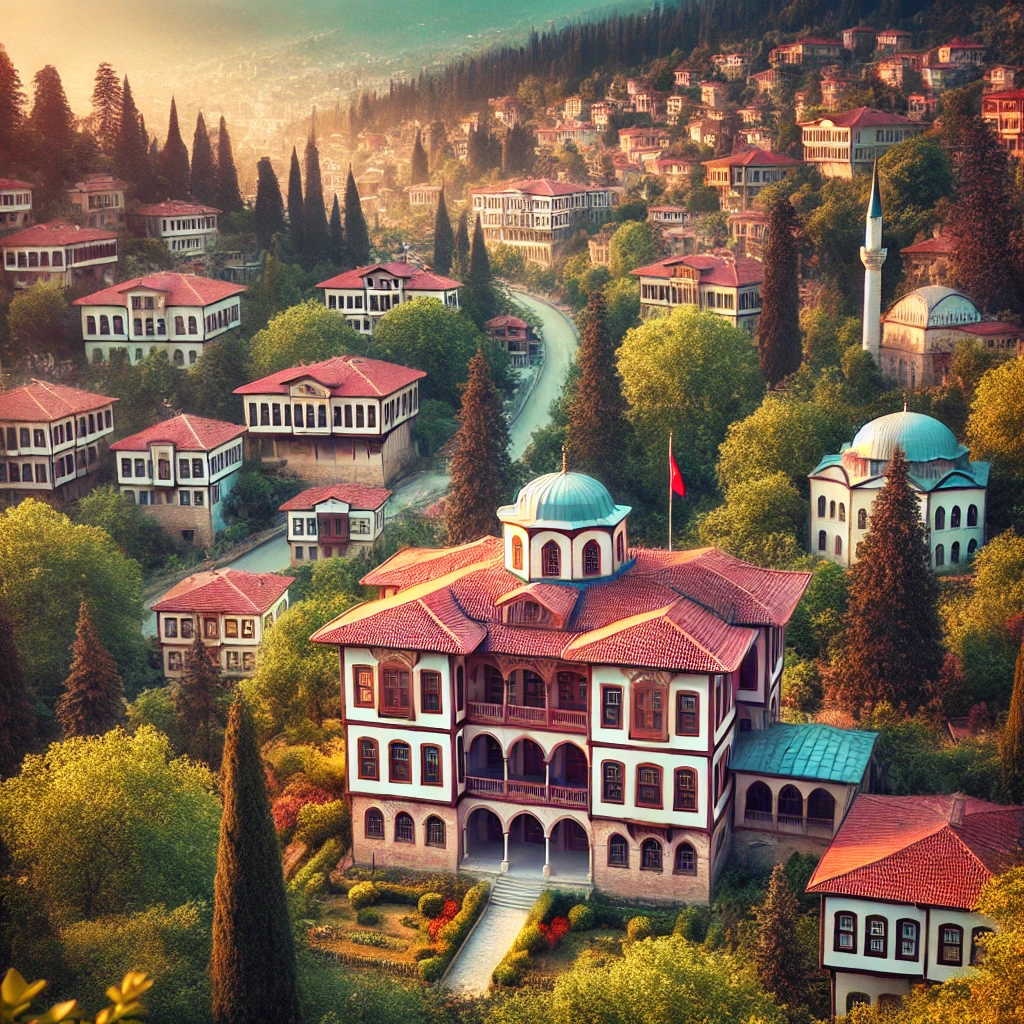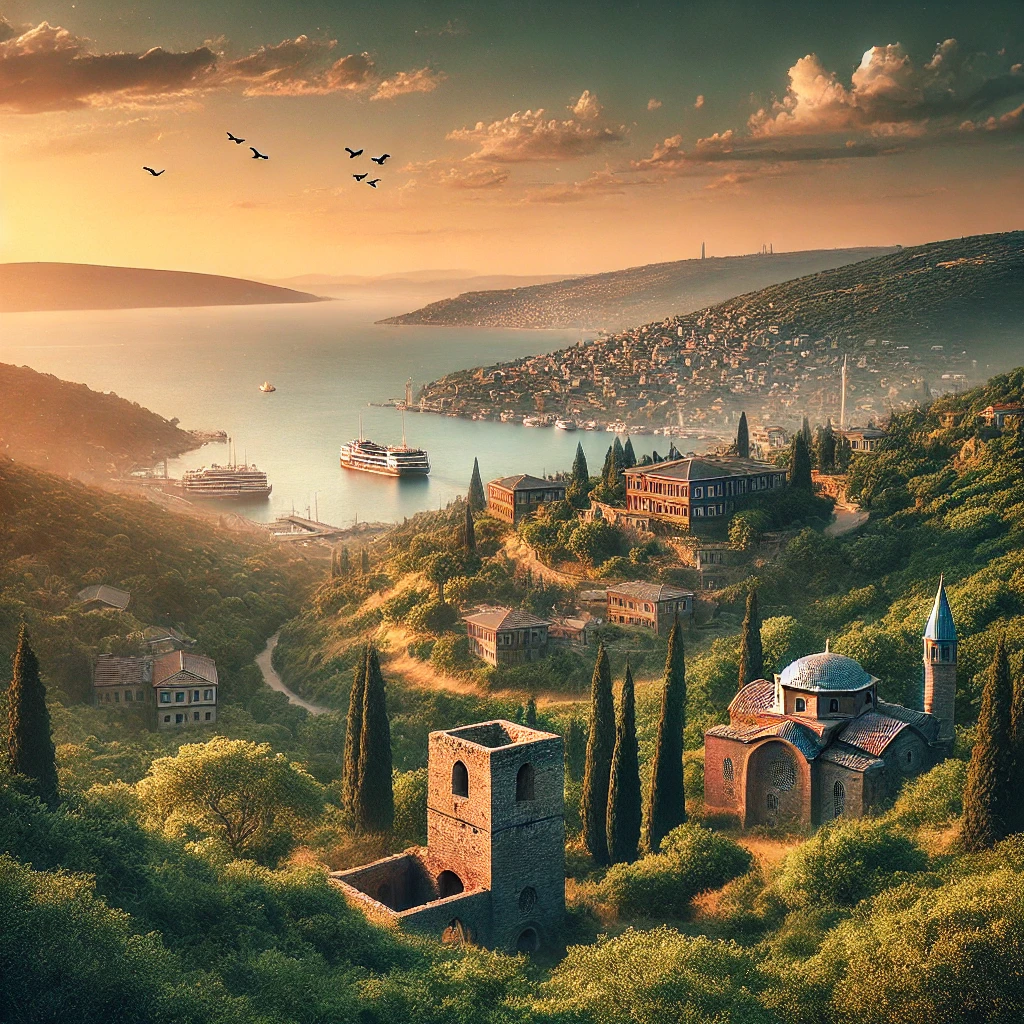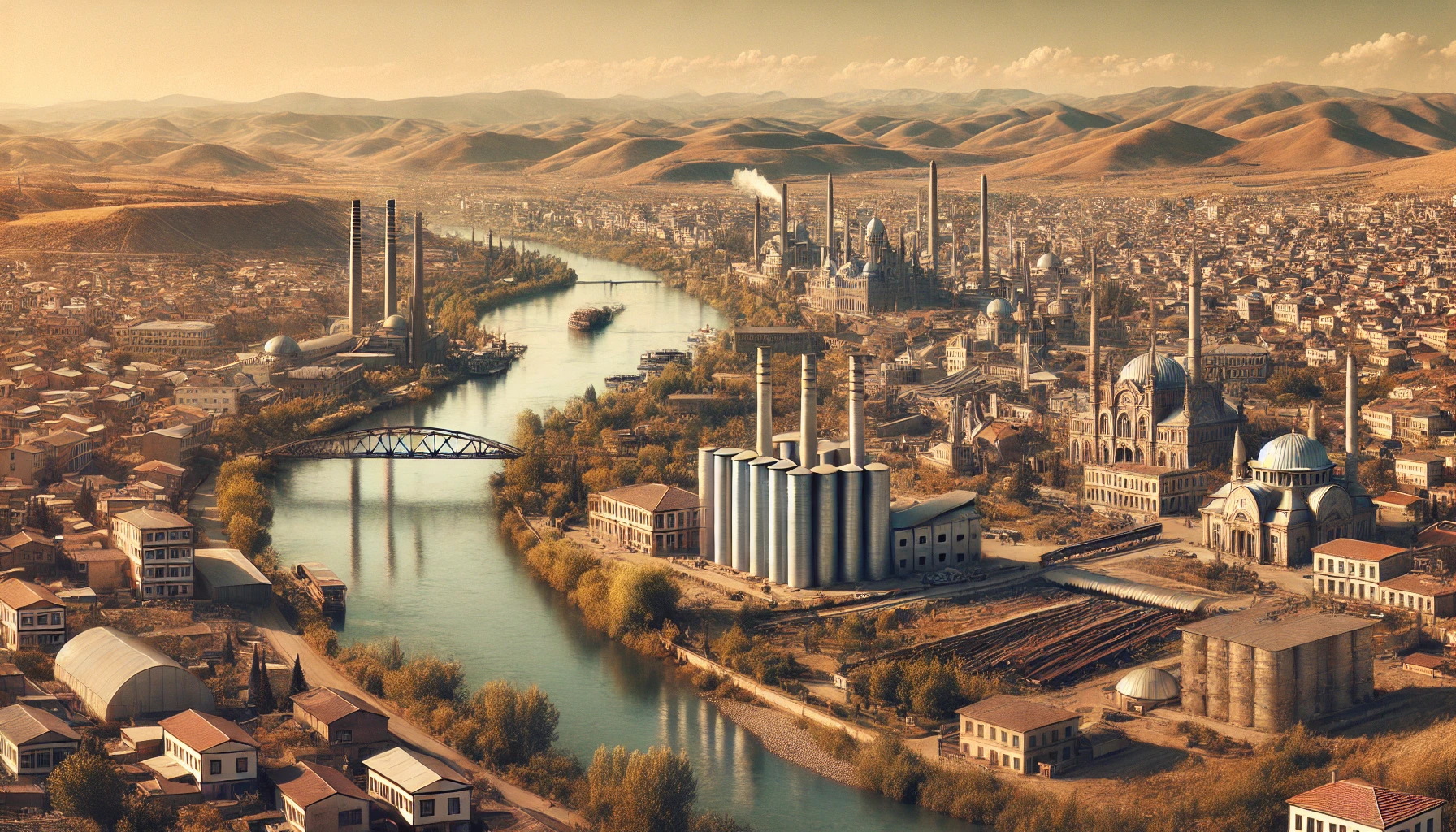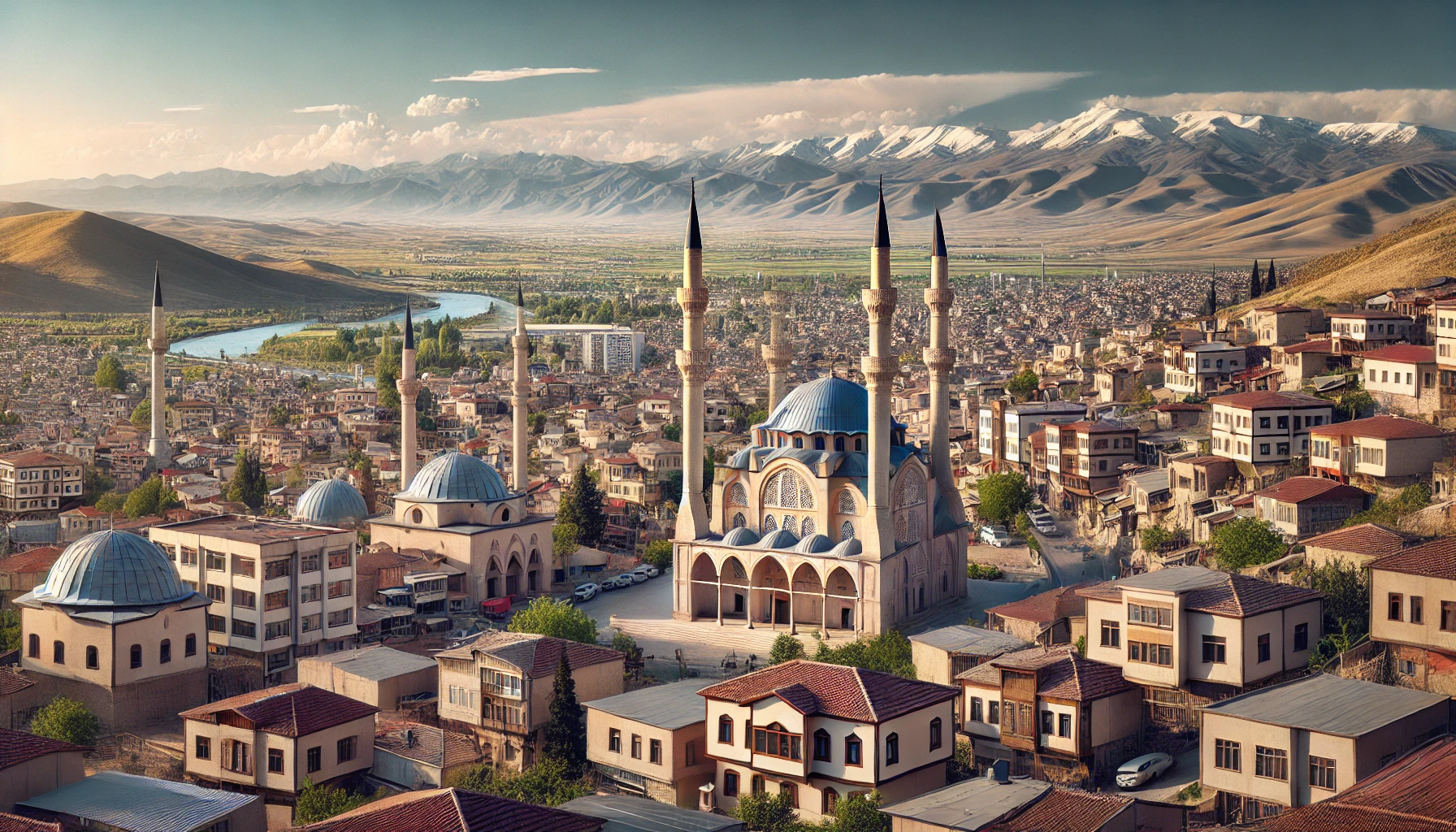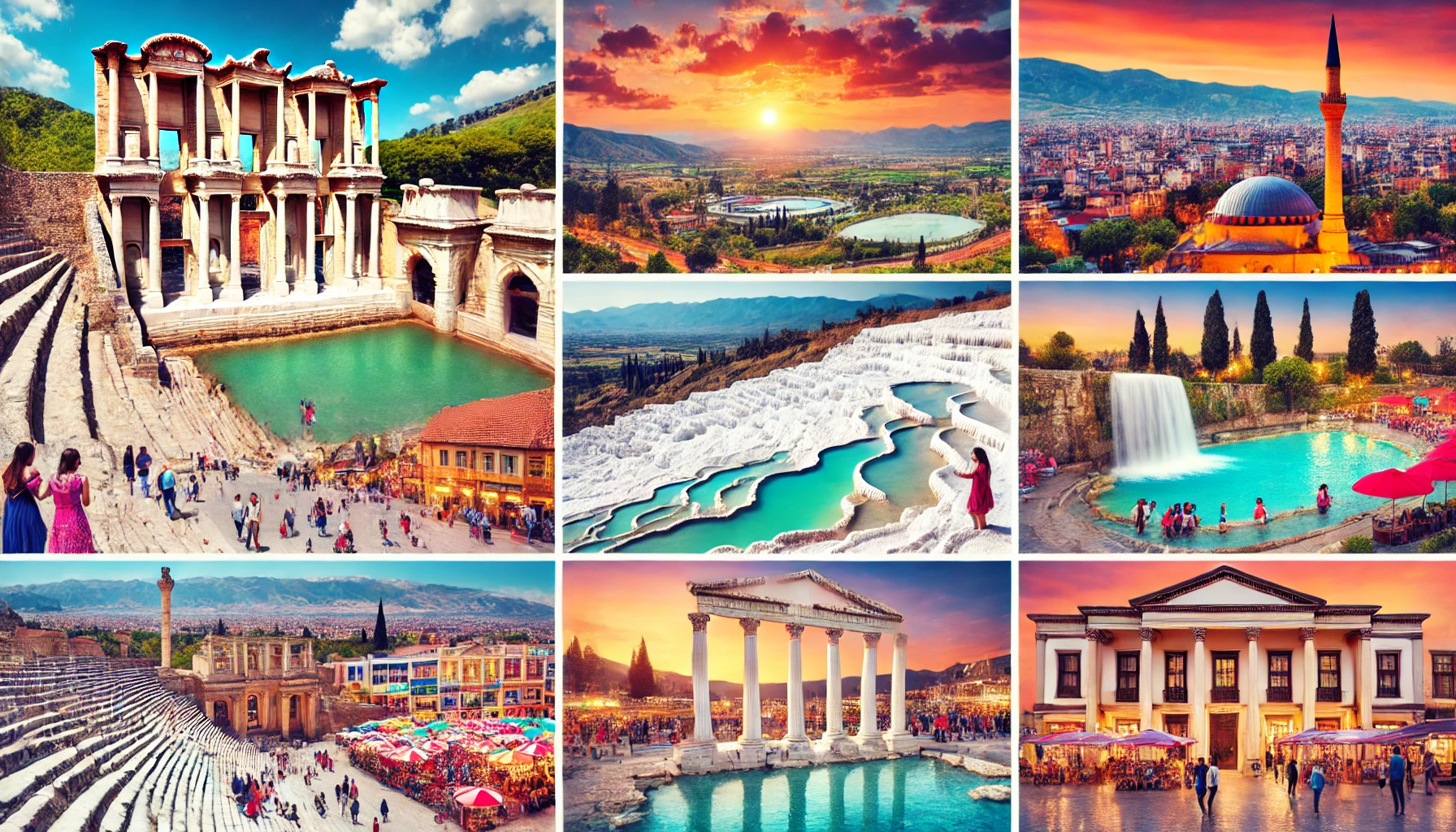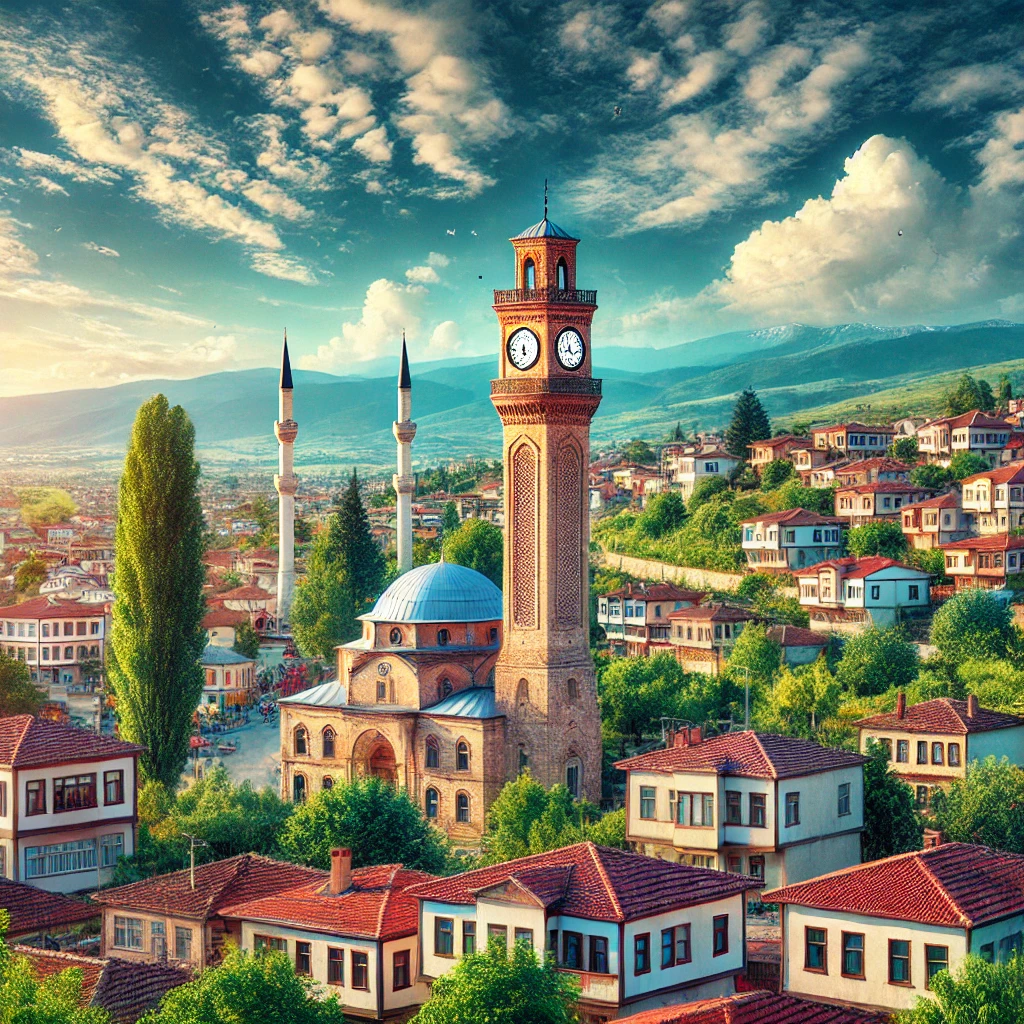Burdur: A Hidden Gem in Southwestern Turkey
Nestled in the heart of southwestern Turkey, Burdur is a city that harmoniously blends ancient history, natural beauty, and modern comforts. This vibrant city, the seat of Burdur Province, is perched on the shore of Lake Burdur, offering picturesque views and a serene atmosphere. With a population of approximately 95,436 as of 2021, Burdur is a modestly sized city that welcomes travelers with its rich cultural heritage and charming landscapes. This article delves into the myriad attractions and historical facets of Burdur, making it an essential destination for travel enthusiasts.
Ancient History: Tracing Burdur’s Roots
Early Settlements and Bronze Age Discoveries
Burdur’s history stretches back to 6500 BC, with evidence of early habitation found throughout the province. The city itself boasts artifacts dating to the Early Bronze Age, discovered near the site of today’s railway station. These findings hint at a thriving ancient community that once flourished in this region.
Pisidian Influence and Byzantine Heritage
In antiquity, Burdur was part of Pisidia, a region known for its strategic and cultural significance. It is believed that the ancient city of Limnombria, or “Lake City,” was located closer to Lake Burdur than the modern city. During the Byzantine era, Burdur was known as Polydorion, a name from which the current name is derived. While no remnants of Polydorion survive today, this era significantly shaped the city’s historical landscape.
Turkish Settlement and the Rise of Burdur
The urban development of Burdur as we know it began with the Turkish settlement following the Seljuq victory at the Battle of Manzikert in 1071. The Kınalı tribe of the Oghuz Turks captured the area and established numerous villages, expanding the town significantly. By 1177, Kilij Arslan II, the Seljuq Sultan of Rum, asserted control over the local tribes, solidifying Turkish influence in the region.
Ottoman and Modern Burdur: A Journey Through Time
The Ottoman Era and Commercial Growth
Burdur was captured by the Ottoman Empire in 1391, under Bayezid I. Initially a small district center, Burdur grew in prominence due to its strategic location on trade routes. It became a key center for the exchange of goods like tragacanth, wine, wax, wood, and tar, facilitating commerce between various Anatolian cities and beyond.
Cultural Melting Pot and Population Exchange
Up until the early 20th century, Burdur had a diverse population, including Greeks and Armenians. However, the population exchange between Greece and Turkey in the early 1920s led to significant demographic changes. Today, the city bears remnants of its multicultural past, such as the converted Greek church now serving as a museum.
Exploring Burdur: Must-Visit Attractions
Burdur Archaeological Museum
The Burdur Archaeological Museum is a treasure trove of artifacts spanning millennia. It houses relics from the Early Bronze Age, Roman period, and Byzantine era, providing visitors with a comprehensive understanding of the region’s historical evolution.
Lake Burdur
Lake Burdur, one of Turkey’s largest lakes, is a haven for bird watchers and nature enthusiasts. The lake’s serene waters and surrounding wetlands are home to numerous bird species, making it an ideal spot for birdwatching and photography.
The Grand Mosque of Burdur
Built in 1300 by Dündar Bey of the Hamidids, the Grand Mosque of Burdur stands as a testament to the city’s Islamic heritage. This historical mosque has been a focal point around which the city has developed over the centuries.
Sagalassos: The Ancient City
Located near Burdur, the ancient city of Sagalassos is a well-preserved archaeological site dating back to the Hellenistic period. Visitors can explore the ruins of grandiose structures, including a theater, agora, and Roman baths, all set against the backdrop of the Taurus Mountains.
Natural Beauty: Discovering Burdur’s Landscapes
Insuyu Cave
Insuyu Cave, located about 10 kilometers from Burdur, is one of Turkey’s longest caves, featuring stunning stalactites and stalagmites. The cave’s illuminated pathways allow visitors to explore its mystical formations and underground lakes.
Salda Lake
Often referred to as “Turkey’s Maldives,” Salda Lake is renowned for its crystal-clear turquoise waters and white sandy shores. This idyllic spot is perfect for swimming, sunbathing, and enjoying the pristine natural beauty.
Local Culture and Cuisine: A Taste of Burdur
Traditional Delicacies
Burdur is famous for its unique culinary offerings, such as “Burdur şiş” (a type of kebab) and “ceviz ezmesi” (walnut paste). The local cuisine reflects the region’s agricultural bounty and traditional cooking methods.
Festivals and Events
Throughout the year, Burdur hosts various cultural festivals and events that celebrate its rich heritage. The Burdur International Classical Music Festival and the Burdur Camel Wrestling Festival are among the most popular, attracting visitors from across Turkey and beyond.
Climate: Understanding Burdur’s Weather Patterns
Mediterranean Climate
Burdur experiences a hot summer Mediterranean climate, characterized by hot, dry summers and chilly, wet winters. This climate makes it an attractive destination year-round, with each season offering its own unique charm.
Climate Data
The city’s climate data indicates that temperatures can soar to as high as 41.6°C (106.9°F) in the summer, while winters can see temperatures plummeting to -16.7°C (1.9°F). Precipitation is relatively evenly distributed throughout the year, with an annual average of approximately 432.3 mm.
Education: Fostering Knowledge in Burdur
Mehmet Akif Ersoy University
Mehmet Akif Ersoy University, located in Burdur, is a prominent educational institution that contributes significantly to the city’s cultural and intellectual landscape. The university offers a wide range of programs and attracts students from across the country.
Conclusion: Why Burdur Should Be on Your Travel List
Burdur, with its rich history, stunning natural landscapes, and vibrant cultural scene, offers a unique travel experience that is both enriching and enjoyable. Whether you’re an avid historian, a nature lover, or simply looking to explore a lesser-known gem in Turkey, Burdur has something for everyone. Its blend of ancient ruins, modern amenities, and welcoming atmosphere make it a must-visit destination for any travel enthusiast.
Embark on a journey to Burdur and discover the timeless allure of this southwestern Turkish city. From the shores of Lake Burdur to the ancient ruins of Sagalassos, every corner of Burdur tells a story waiting to be explored. Plan your trip today and experience the charm and beauty of Burdur for yourself.
Discovering the Ancient Cities of Burdur
Latest Update: Aug 4, 2024
Your Content Goes Here
TAGS: ancient history, ancient ruins, Burdur, Burdur Archaeological Museum, Burdur attractions, Burdur Camel Wrestling Festival, Burdur cuisine, Burdur festivals, Burdur International Classical Music Festival, Burdur province, Burdur şiş, Byzantine era, ceviz ezmesi, cultural heritage, culture, Dündar Bey, Early Bronze Age, Grand Mosque, Grand Mosque of Burdur, Hamidids, hidden gem, historical sites, İnsuyu Cave, Kınalı tribe, Lake Burdur, Mediterranean climate, Mehmet Akif Ersoy University, natural landscapes, Oghuz Turks, Ottoman Empire, Pisidia, Polydorion, population exchange, Sagalassos, Salda Lake, Seljuq victory, southwestern Turkey, things to do in Burdur, tourism, travel, travel destination, Turkey, Turkish city, Turkish settlement
The Region of Burdur
A brief summary of the key points in this article.
Latest Travel Guides
Weather Today in Burdur, Turkey
Location: Burdur
Temperature: 4.95°C
Condition: Broken clouds

